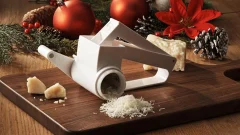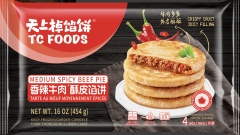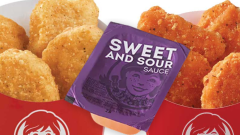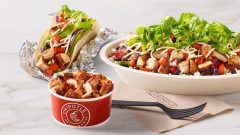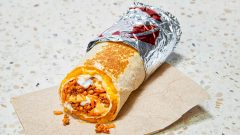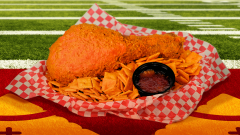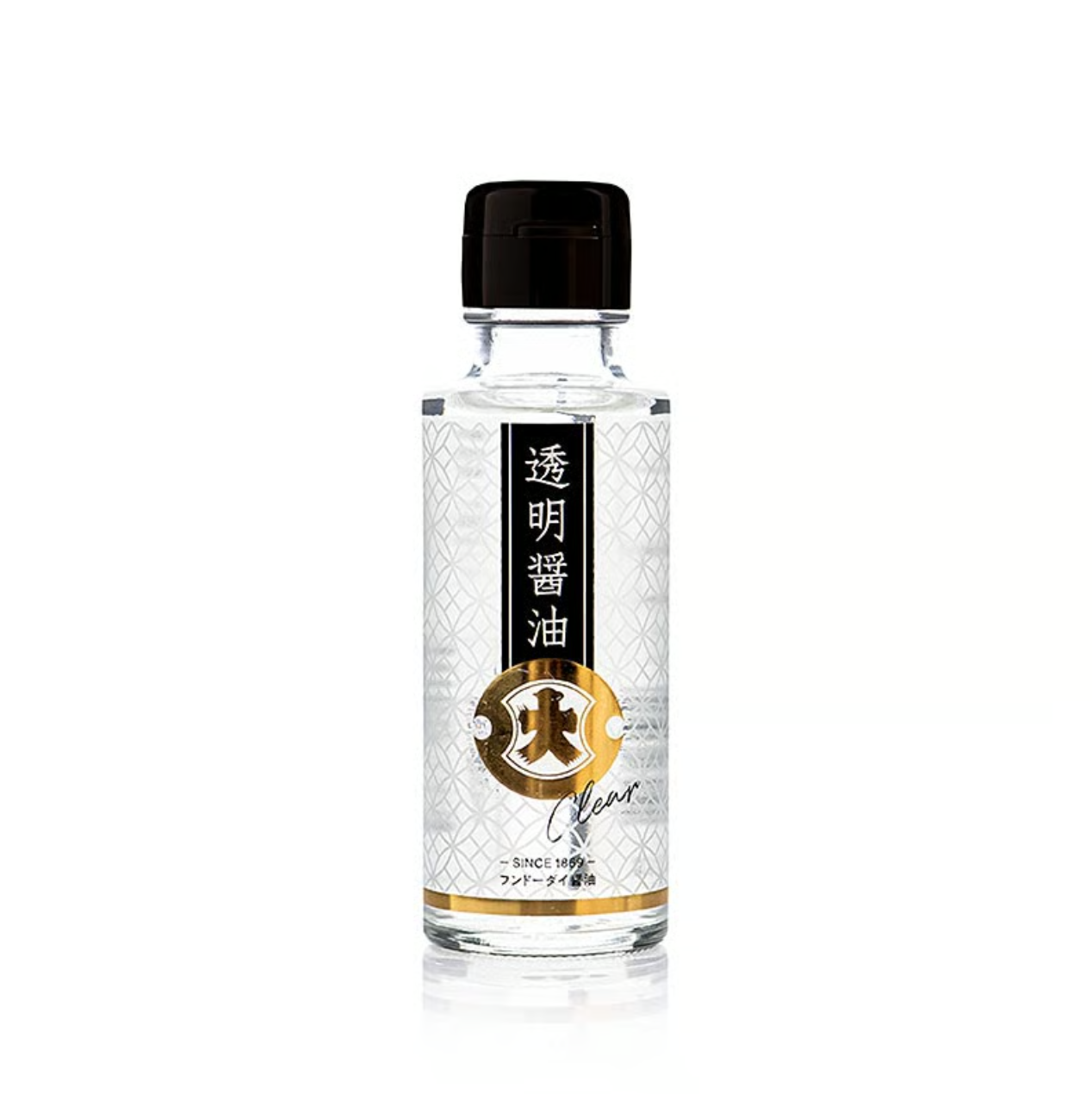Chinese Astronauts Have Discovered How to Grow Rice in Space

While conducting experiments in hopes of learning how to cultivate food for long-term space exploration, Chinese astronauts aboard the Tiangong space station managed to successfully grow rice seedlings.
This latest rice experiment is the first to produce the entire life cycle of the plant, which results in new seeds, developing the means for continued production.
According to Interesting Engineering, the breakthrough was conducted on-board the Wentian space laboratory, which was launched into orbit on July 24th to dock with the Tianhe core module of the Chinese space station. Measuring 17.9 meters (58 feet) in height and weighing 23 metric tons, the space lab is the nation’s largest and heaviest spacecraft thus far. The rice experiment was one of eight experimental payloads included on board.
The seedlings are of two varieties; tall shoot rice and dwarf rice, known as Xiao Wei. Since the experiment began on July 29th, the first variety has grown to a height of about 30 cm (12 inches) and the second variety has reached around 5 cm (2 inches).
Zheng Huigiong, a researcher at the Center for Excellence in Molecular Plant Sciences said, “The rice seedlings are growing very well,” adding that the experiment also contained seedlings of Arabidopsis thaliana, a small flowering plant of the mustard family often used by scientists to study mutations.
If the experiments are successful, the astronauts plan to collect the new seeds and return to continue their studies here on Earth.
The flowering stage is crucial for plant reproductive development. “We want to investigate how microgravity can affect the plant flowering time on the molecular level and whether it is possible to use the microgravity environment to control the related process,” Zheng said.
Even before this experiment, China has been sending rice and other crop seeds to space since the 1980s. Their goal was to aid mutation in the seeds in hopes of increasing their ability to yield when planted on Earth. Nonetheless, producing rice in space presents challenges such as microgravity, lack of air, and high-energy cosmic rays.
The China Daily highlights that rice has been a staple food for astronauts since early space exploration. Freeze-dried chicken and rice was the menu for the Apollo 11 mission, which carried the first humans to land on the moon in July 1969.
“But if we want to land on and explore Mars, bringing food from Earth is not enough to suffice for the astronauts’ long journey and mission in space. We have to find a sustainable food source for long-term space explorations,” Zheng said.

